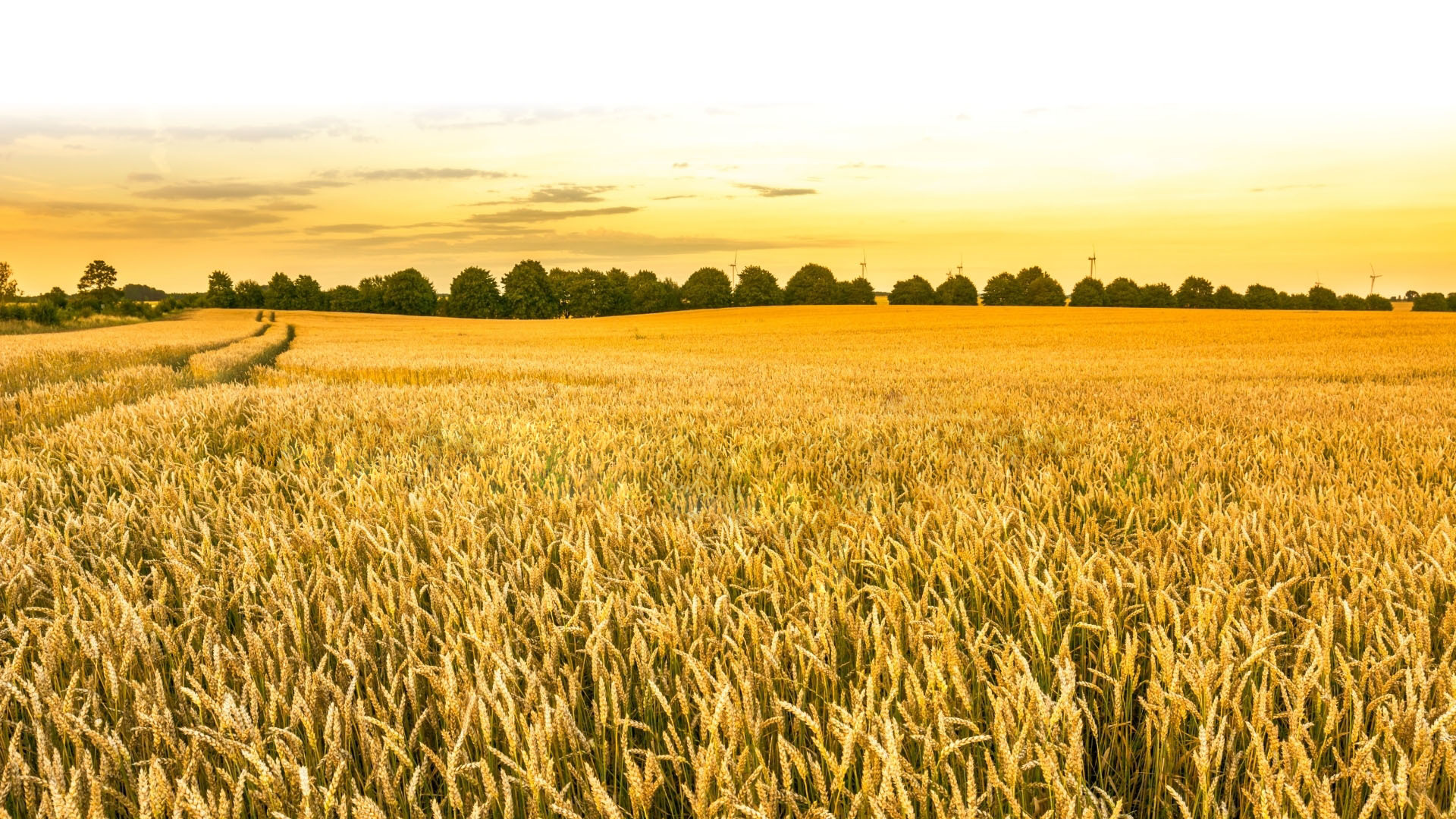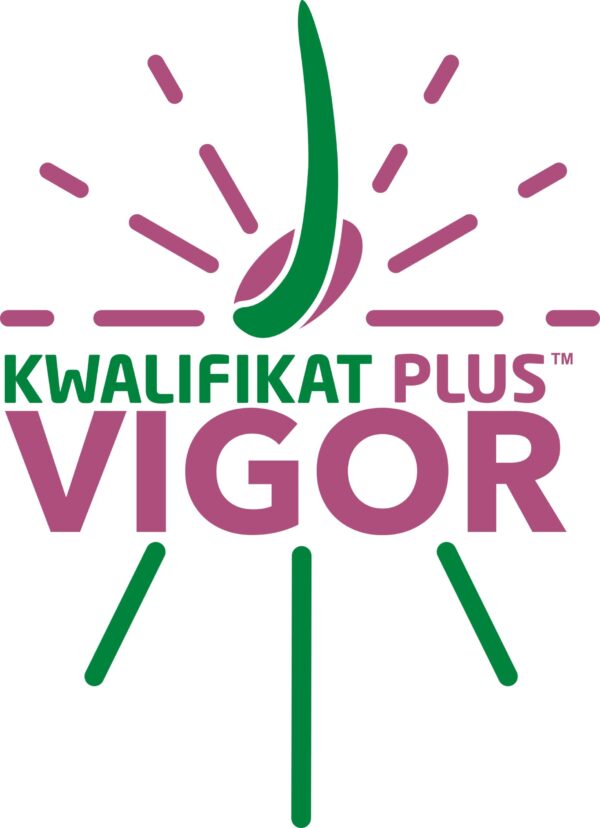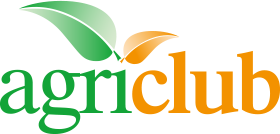DANKO conducts wheat, triticale, rye, barley, oat, legume and grass breeding programmes. Combining the most advanced, high-cost technologies and equipment as well as the great commitment, knowledge and skills of the breeders has resulted in the new generation of varieties from Danko.
Contemporary plant breeding is characterized by an extremely high level of innovation. In addition to classical breeding based on intensively conducted selection works and field experiments, breeding in laboratories and greenhouses takes place simultaneously.
Rapid development of biotechnological methods and breeding techniques makes it possible to shorten the breeding cycle.
For this purpose, modern biotechnological laboratories were established (DANLAB in Kopaszewo and in vitro laboratory in Szelejewo). Homozygous forms of cereal crops are obtained there by androgenesis and distant hybridisation involving in vitro techniques.
A modern greenhouse has been built in Dębina, where the SSD breeding method is being implemented. Thanks to this method, it is possible to grow 2-3 generations a year, which significantly shortens the breeding cycle and the time needed to register a new variety.
In the effect of using modern methods as well as the knowledge and experience of the breeders’ staff new varieties are registered in Poland and abroad every year.
Breeding programmes
The breeding programme of population rye is aimed at obtaining high yielding varieties, resistant to lodging, sprouting and diseases. At DANKO, great attention is paid to maintenance breeding of varieties, which allows to keep them in cultivation for many years. Heterotic hybrids are the second direction of rye breeding.
Spring wheat breeding was started in Choryń in 1991.
The base for creating new families initially were Polish, Swedish, German and English spring varieties, collection materials of CIMMYT in Mexico and winter varieties.
During breeding works, great emphasis is placed on high yield, good baking parameters, resistance to diseases and drought. The breeding work has resulted in the registration of 11 varieties.
Winter wheat breeding focuses mainly on obtaining fertile varieties with high grain quality parameters (group A, B), good resistance to diseases, mainly to fusarium ear blight, brown rust, septoria and powdery mildew. Good winter hardiness and obtaining medium height varieties with good stiffness are also taken into account in the breeding process. An extensive breeding programme taking into account all directions based on the world’s genetic resources provides new, better forms every year.
The breeding of triticale was began in 1968. The first cultivar Lasko played a huge role in popularising this species in Europe.
The directions of winter triticale breeding focus on the selection of high-yielding population varieties with increased resistance to fungal diseases (mainly brown and yellow rust, powdery mildew, septoria and fusarium ear blight), and achieving better frost and pre-harvest sprouting resistance. Great emphasis is placed on the breeding of semi-dwarf varieties, as well as varieties with increased starch content. Some research and development of the hybrid triticale varieties have been also conducted.
Work on winter barley is carried out in order to breed six-row and two-row varieties. Particular emphasis is placed on fertility, winter hardiness, high TGW and resistance to mildew, barley rust and leaf net blotch.
Oats: The breeding work is aimed at obtaining high yield with reduced husk content and high TGW, as well as high disease resistance (coronary rust and powdery mildew).
Creative breeding of spring barley is carried out in two locations: in Modzurów and in Choryń (since 2005). The main goal of breeding work is continuous progress in the yield of the developed varieties as well as their high disease resistance.
The breeding of fodder grasses at DANKO is targeted at obtaining more specialised and adjusted to specific conditions form, with a varied vegetation period, providing high yield of green and dry matters and high quality parameters of the fodder. In all cultivated species, it is aimed to achieve regular yielding for particular swaths, rapid spring vegetation and quick offshoots, increased resistance to stressful climate conditions (drought) and diseases, especially powdery mildew and rust. During breeding work particular attention is paid to increasing the leaf-to-stem ratio and high protein and sugar content, as well as very high digestibility of the feed obtained from grasses. In all cultivated species, the aim is to increase the resistance to lodging and to obtain a high yield of seeds.
In case of perennial species, additional effort is being made to obtain forms with high durability, better resistance to unfavourable weather conditions and ability to withstand frequent trimming and treading.
The legume breeding programmes are carried out in DANKO Hodowla Roślin with great commitment. We try to meet the needs of farmers. We are currently offering 5 species of legumes varieties: pea, common vetch (spring), field beans, soybeans and hybrid alfalfa.





